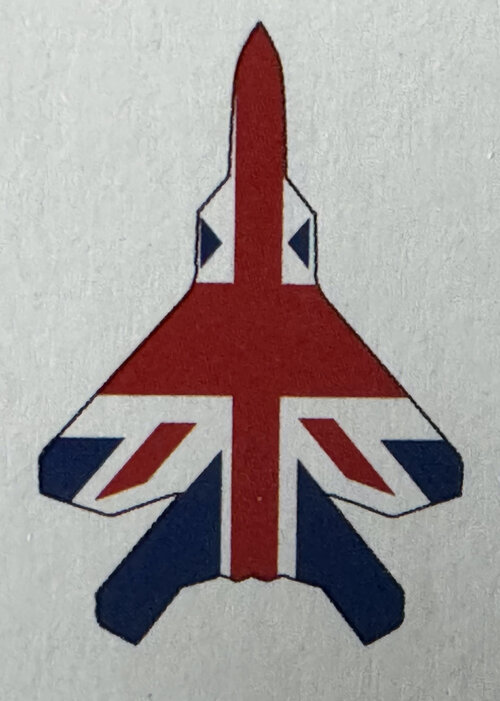These will not be certificated aircraft. They will be developed quickly and cheaply using digital engineering, additive manufacturing, and other bleeding edge techniques. No human pilot will be at risk, so they won't need to be as rigorously tested as the next gen manned fighter.
Better tell the MAA about that. Regurgitating pop phrases is unlikely to cut it but good luck anyway. Oh and enjoy the reaction when trying to convince the Seniors / SoS to own that risk. These are people whose approach to risk is best described as "averse".
As a clue, we don't certificate something just because there is a person or persons in it.
We certificate them also because there are lots and lots and lots of persons underneath it. Perhaps you need to hang on some people who certificate things before you can write about this? I don't, because I have and do.
If you doubt that, look into the Protector project. A small fortune spent certificating a system that despite there only being a slack handful was worth spending that to get round the onerous operating restrictions and risk being held. Ponder that and then come back to me about hordes of these uncertificated things being thrown around like confetti.
You may also have noticed civillian drone legislation is growing, not shrinking...
Nor will they have ferocious running costs. They'll live in their crates, connected to an umbilical, and they'll fly only when needed - not for training. And they'll fly so little that they will never need a 'major overhaul' - at that point they'll be expended or stripped for their high value components.
How do we train the manned component, or the people tasked with launching them if we never use them? Where will those people come from? What will these people do and how will they know how to service and fix them if they rarely get to do it? How will we even know what goes wrong with them and what is/isn't needed if we have no evidence from a usage database?
Air forms one part of a complex military capability. How will our land forces and naval forces train and understand what air can/cannot do if it doesnt train with them (hint this is a large component of peacetime activity in terms of flying hours).
Major overhauls are not that expensive that you redesign your system to avoid them. They are also where you put your upgrades in so unless you plan to stick with the V1 forever (which nobody does or can), you are going to be putting it into depth one way or another. Not least as maintenance of mechanical and electrical things is based on both calendar and condition. You will need to maintain these regardless of whether you use them. Just as weapons are, especially complex ones.
There is a maxim with military kit that those who use it know very well (and very painfully). If you want it to work, use it often. If you want it not to work, don't use it. Just ask anyone who has tried to take something out of even the best storage - it's always a hill to climb to get it going again - much preferable to take something used every day. This is reality vs PR, I appreciate you may think a well worded PR sentence or two will unmake that reality, safe in the knowledge you'll never have to actually deal with it.
Fortunately training for the entire system requires you use system elements frequently. Hence why ambitions of 20% live flying are as nonsensical as "break glass for war only". But even some of the seniors appear to believe that cool aid, although I dont think they atually do, they just pretend to in order to cover over cracks and try and convince the treasury they are doing something about this being a very expensive business.
Your use of the word "convince" is interesting. I'm not a journalist. I'm not ex-military turned executive whose position and bonus depend on contracts and sales. I don't need to convince anyone. I just need to make these things work to achieve outcomes, which is what I do, very, very well.
We'll put everything into doing GCAP (rightly, and that will take everything we have) and ACPs will fall by the wayside barring some of the technology going into the next generation of complex weapons (which will do more than traditional weapons do). It wont be admitted for some time yet because politics (FCAS sold in Whitehall as a system, the RN making the same mistake with its T45 replacement), but they already resemble the Norweigen Blue. File them with "everything must be uber supersonic, subsonic things need not apply", "its missiles only from now", "everything will be VSTOL, we dont need airfields anymore" or even "where we're going, we don't need roads".
Although a UCAS tanker would be very useful. Just not sexy enough to get attention.




